Bootstrap 5 Login Screen: A Journey with ChatGPT-4
Creating a Stunning Login Screen from a Dribbble Template
Have you ever wanted to create a beautifully-designed login screen that stands out from the crowd but found it challenging? You’re not alone. Amidst the hustle and bustle of full-time studies and part-time work, I faced a similar situation, but through persistence and the power of ChatGPT-4, I managed to create a fantastic login screen based on a paid template from dribbble.com. In this blog post, I’ll share my rollercoaster journey, the challenges I faced, and the incredible impact of AI-driven assistance on the final result. Get ready to dive into the world of Bootstrap 5, ChatGPT-4, and codepen.io!

The Beginning:
It all started with the vision of creating a unique login screen for my app back in 2021, while studying at CSU-Global. Before diving into the login screen journey, let’s take a step back and look at the original web-based pothole app that inspired this project. In a previous post, I detailed the development of a Web-based Pothole Tracking and Repair System (PHTRS). The PHTRS allows citizens to report potholes and their severity, while employees can log in to create work orders and manage repairs. The app utilizes the Model-View-Controller (MVC) architecture, making it easy to maintain and manage different sets of user permissions. You can read more about the PHTRS and its features in my previous project write-up here.
Back to the login screen, I wanted a toggle switch to allow users to switch between citizen and employee forms seamlessly. However, due to time constraints and heavy coursework, I couldn’t create an elegant CSS solution.
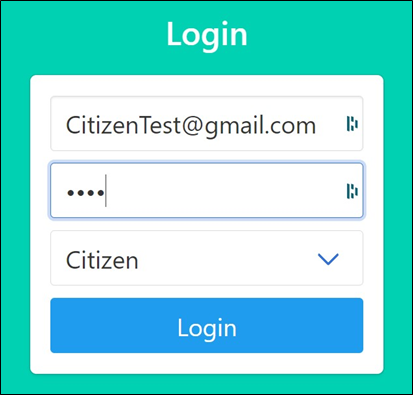
The Revival:
Recently, I decided to revisit this project and stumbled upon ChatGPT-4, an AI language model, which turned out to be a game-changer. With its assistance, I aimed to create a stunning login screen using Bootstrap 5, inspired by a paid template on dribbble.com.

To streamline the development process, I used codepen.io, an online platform that enables real-time testing and showcasing of HTML, CSS, and JavaScript code snippets. This powerful tool allowed for rapid iteration and fine-tuning of the design while working closely with ChatGPT-4 for guidance and code suggestions.
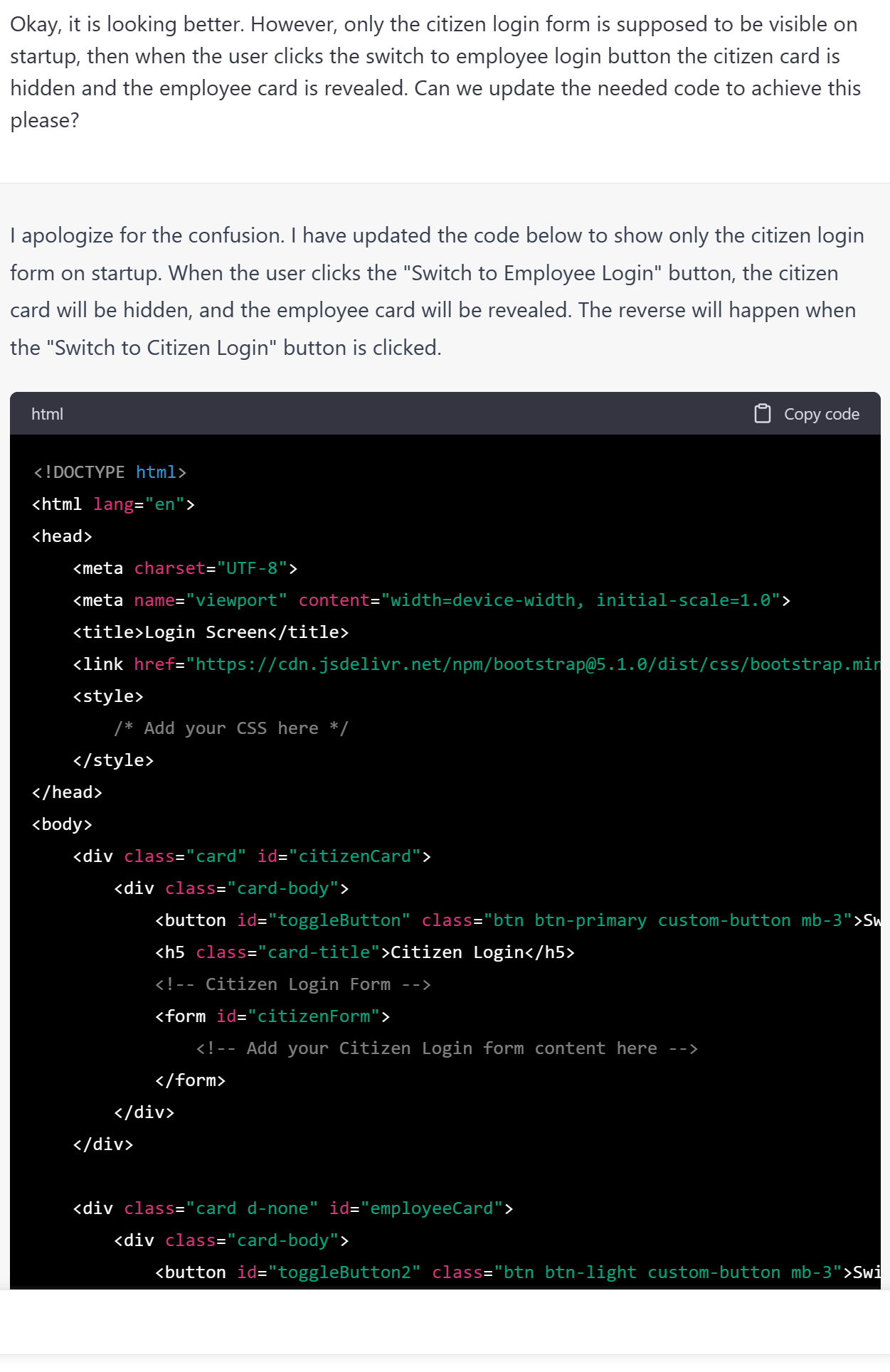
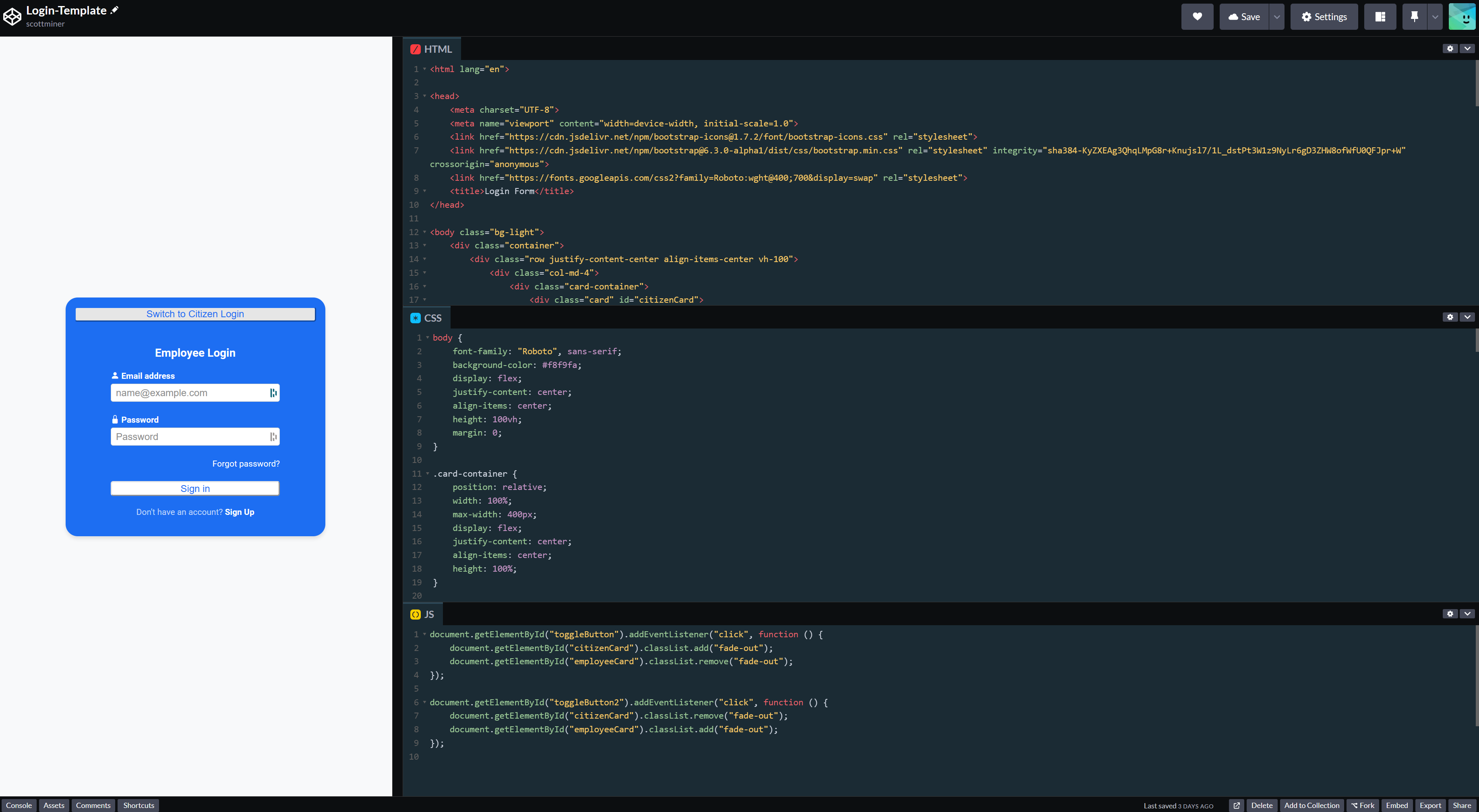
During the development process, I hit the rate limit for ChatGPT-4 (25 messages every three hours) and had to revert to ChatGPT-3.5 while using codepen.io. Although ChatGPT-3.5 couldn’t specifically align the icons and the labels above the text boxes in the same row, once ChatGPT-4 came back online, it generated the appropriate CSS, HTML classes, and JavaScript needed to design the form aesthetically and get the JavaScript component working as well.
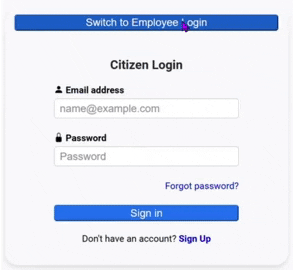
The Takeaway:
This journey demonstrates the transformative impact of AI-driven assistance on web design and development. It highlights the potential of advanced AI models like ChatGPT-4 to overcome challenges and create stunning designs, even when facing personal constraints.
By sharing my story, I hope to inspire others to experiment with AI tools and explore new creative possibilities. No matter the obstacles, persistence and the right tools can make all the difference in achieving the perfect design. If you’ve had a similar experience or find this blog post helpful, please share it with your friends and colleagues. Let’s spread the word about the incredible potential of AI in web design!
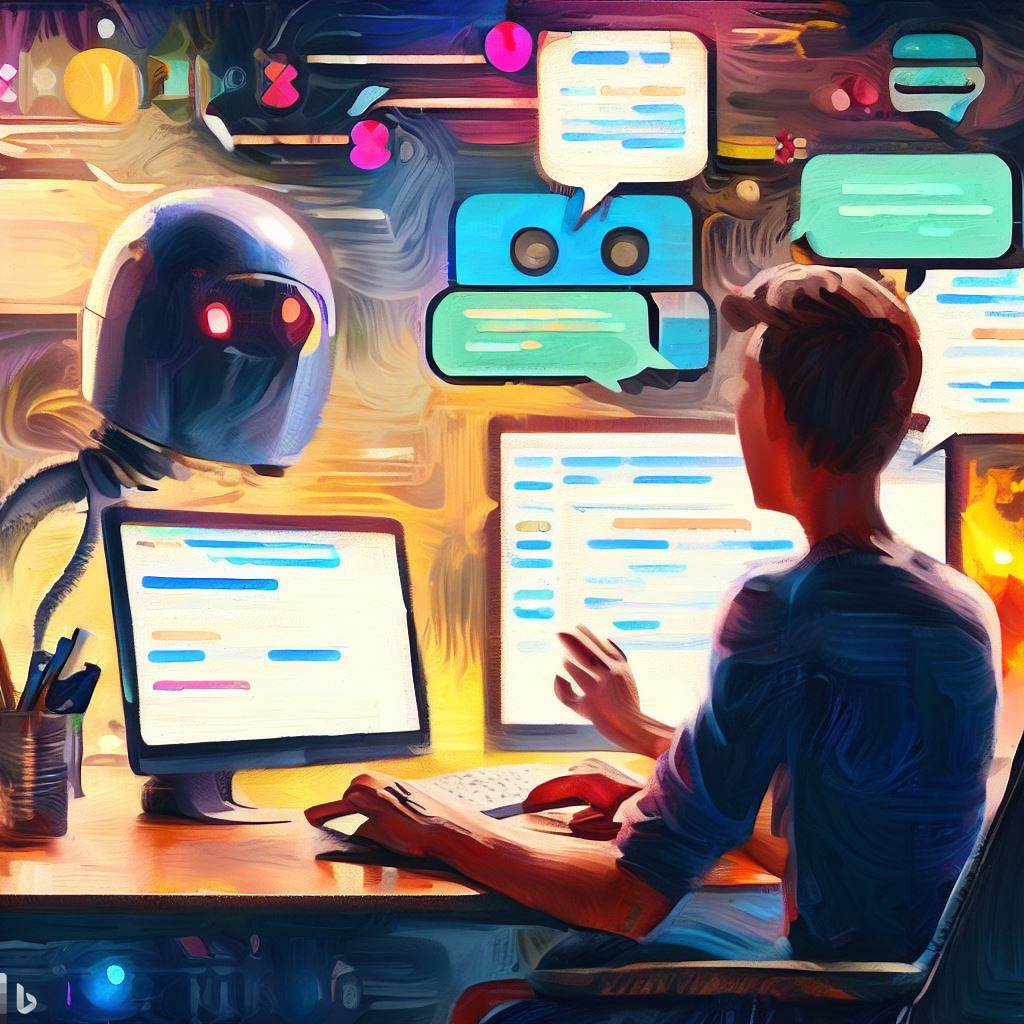
Join the Conversation:
I would love to hear about your experiences with AI-assisted design or any challenges you’ve faced while working on your projects. Share your stories, thoughts, and questions in the comments section below, and let’s engage in a meaningful dialogue that can help us all grow and learn as developers and designers. Your insights and experiences can inspire others to explore the world of AI-driven design, so don’t hesitate to join the conversation!
